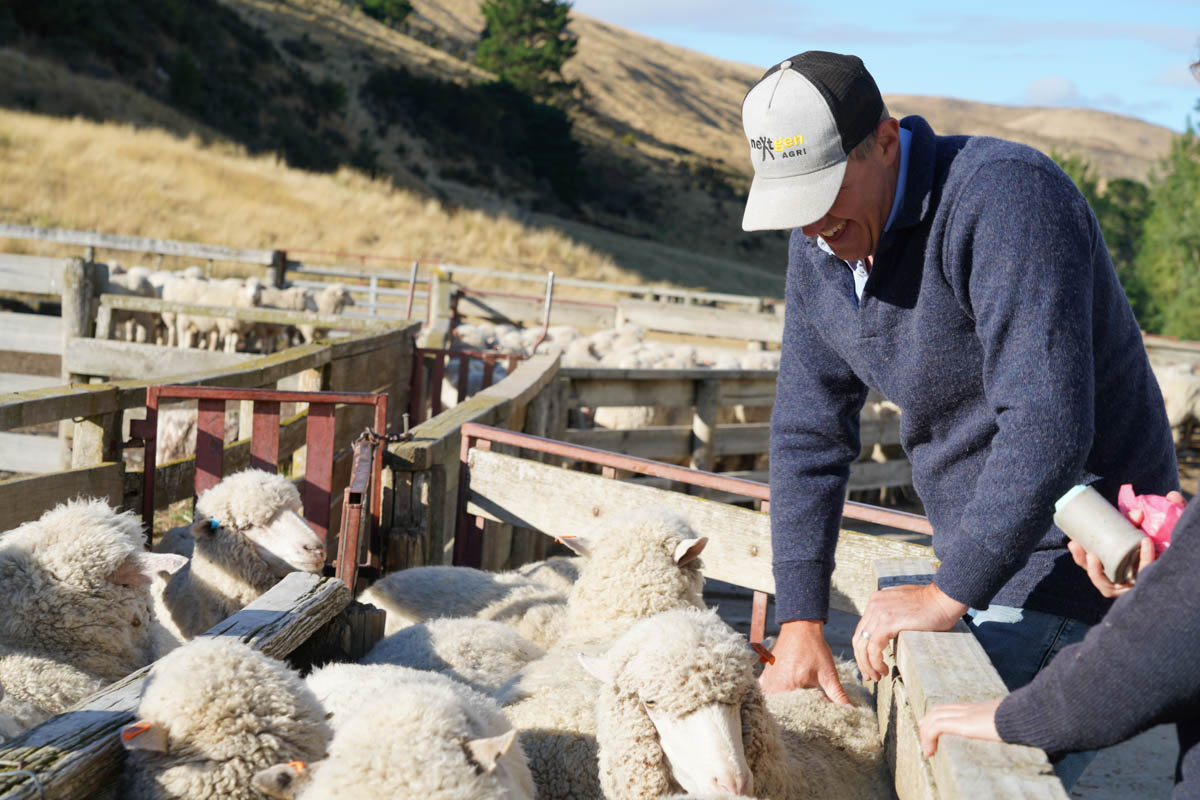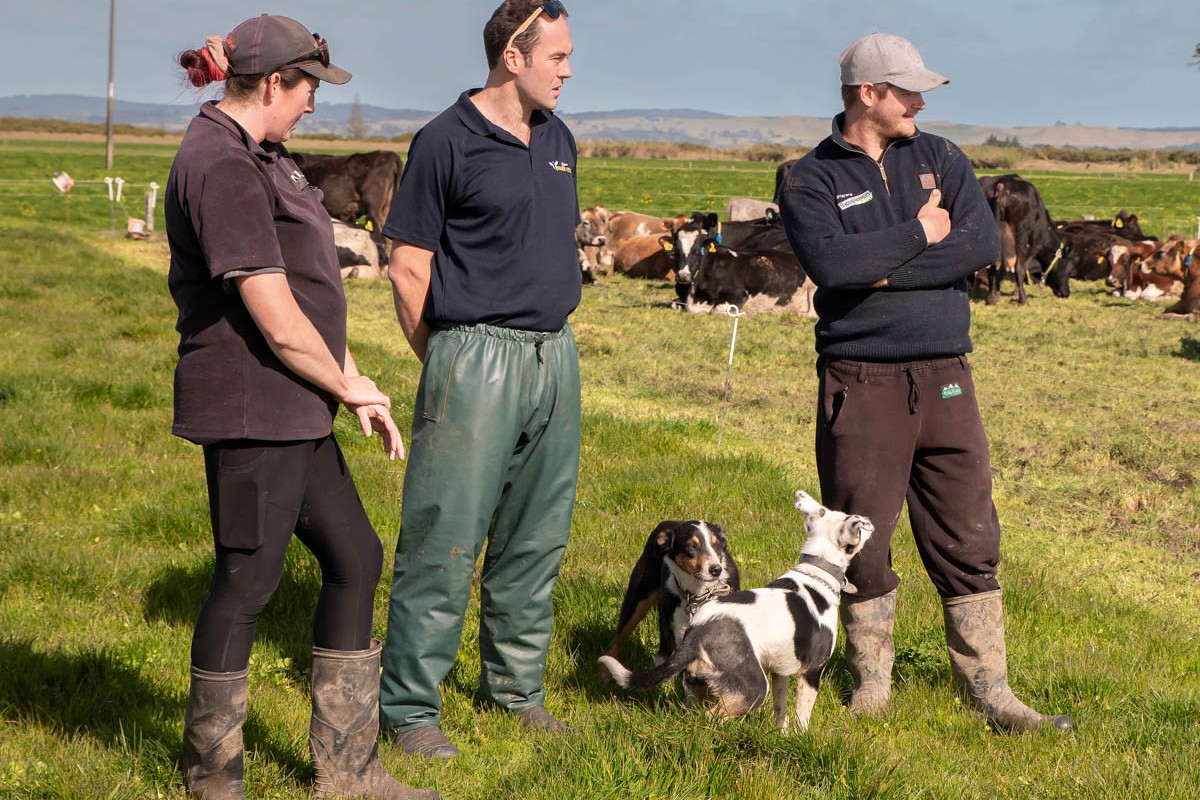Avoid breeding resistant worms
Is it back to the future for intensive beef systems? Ginny Dodunski looks at past worm treatments and what’s happening now when a product fails.

For nearly 60 years, the availability of ‘effective’ anthelmintics has meant worm control in cattle finishing systems has required very little thought.
Managers of high-performance young cattle know that offering low worm challenge feed always results in better liveweight gains than simply controlling worms via regular drenching. But there are many R1 cattle out there that get through their first year doing suboptimal weight gains on highly contaminated pasture, with nothing but a monthly or six-weekly pour-on or injection between them and getting sick with worms.
In the 1960s and 70s, when only Benzimidazole (white) and Levamisole (clear) drenches were available, cases of the stomach worm, Ostertagia, were not always well-controlled by a single drench. Severe or ‘Type II’ cases of this worm required multiple doses of white drench administered over several days. Recovery was variable, with some animals taking many months to regain lost condition.
Enter the mectin drenches in the 1980s. Ivermectin was the original and it started a revolution of treating cattle with pour-on and injectable preparations. One dose was highly effective against these severe cases of Ostertagia, and this type of parasitic disease in cattle has all but faded from memory. Our addiction to pour-ons and injections remains to this day, despite there being clear evidence from New Zealand trial work that oral preparations are more effective at killing resistant strains of Cooperia.
This intestinal worm caused hiccups in intensive young cattle systems in the late 1990s and early 2000s. A substantial build-up of Cooperia that had become resistant to the ‘mectins’ saw calves on some farms sick and dying with vast numbers of what was previously thought to be an inconsequential parasite. The national drench resistance survey published in 2006 confirmed that 92% of beef farms surveyed had Cooperia that were resistant to the mectin family of drenches. In that same work, 75% of farms had white drench resistant Cooperia.
Most farmers of young cattle know that they must use a drench containing Levamisole to adequately control their Cooperia.
But if most Cooperia are resistant to the other two families, what happens when and if Levamisole fails against this parasite?
We are starting to see examples of this now.
Frequently there are underlying stress factors on calf blocks where resistant parasites are causing disease — overstocking, lack of adult/ alternative stock classes to ‘vacuum’ pastures and insufficient time on meal/ concentrate after weaning are common denominators.
However, worse than straight Levamisole resistance are the cases of triple drench resistance starting to pop up in calves. We now have recorded reports of both Cooperia and Ostertagia that can survive correctly applied doses of oral triple drench.
Mectin resistant Ostertagia were confirmed on NZ farms by AgResearch back in 2016, but human nature has dictated that little notice has been paid to this until we actually started to see sick animals.
The ‘combinations will be our salvation’ mentality has prevailed across the industry. Through the advertising of drench products to the unwillingness of those selling them to make themselves unpopular with customers. They don’t want to suggest there might be risks in a farm system where a lot of drench is required to keep calves healthy.
So is it going to be a case of ‘back to the future’ for parasite control in cattle as we start to see more cases of worms surviving drench treatments in intensively managed calves?
Many of us in the industry today are too young to remember the cases of Ostertagia of old, and those who remember calves sick with Cooperia in the days of single-active ‘mectin injections and pour-ons may get to witness this again, but this time with more dangerous multi-drug-resistant strains.
What to do?
Buying calves: Carefully consider how you will quarantine artificially reared calves you’ve bought. A triple combination drench may no longer be a safe quarantine treatment. Ask the vendor or agent for evidence that a triple or other ‘standard’ combination is still achieving a high (near 100%) reduction in faecal egg count from treated calves. A quarantine drench may not be necessary in every case if the calves are healthy and show low faecal egg counts. Conversations matter!
If you are unable to get any history on the calves you are planning to buy then you will need to be more careful.
Zolvix Plus (monepantel plus abamectin) is registered for use in cattle, and an increasing number of farmers buying in young dairy beef animals are using this as their quarantine treatment.
Seek advice from your animal health adviser before doing this – a complicating factor for calves under 120kg liveweight is that many products containing abamectin are not licensed for use in these smaller animals. Products may be used off-label, but care must be taken to dose animals accurately to their liveweight. Overdosing with abamectin has been a common cause of calf deaths for many years.
Treated calves also require a stand down period, with feed and water available, to allow the eggs from resistant worms to pass out on to a yard or other bare area where they can’t develop and infect other stock.
Buying traditional beef breed weaner calves is far less risky as there is typically minimal drench use in these systems.
At home: There are two important pieces of work to do for your own farm:
Assess your system – how risky is it both from a worm challenge perspective and the likelihood of breeding-up drench resistant worms? High numbers of R1 cattle on permanent pasture without other stock classes is typically a red flag. What’s ideal for a ‘worm-safe’ calf enterprise are systems that provide calves with highly nutritious and low worm challenge feed. Where strategic supplement use keeps them growing through dry or cold periods, other stock classes in the mix provide refugia (e.g. the next age class up) and vacuum cleaning (adult cattle and other species).
Assess the performance of your drenches. If you’re using a drench that is only 70-80% effective, you won’t necessarily have sick or poor-doing calves, but you will be forgoing growth performance and creating a build-up of resistant parasites on your pastures. These at some point will manifest as uncontrolled parasitism if the situation is left unchecked. A simple ‘drench check’: 10-15 fresh faecal samples collected 10-14 days after drenching young calves, and checked for the presence of worm eggs, is a great start. If you find you have worms surviving your double or triple combination drenches, now is the time to seek advice. Don’t wait for sick calves to spur you into action!
- Ginny Dodunski is a veterinarian and Wormwise programme manager.




